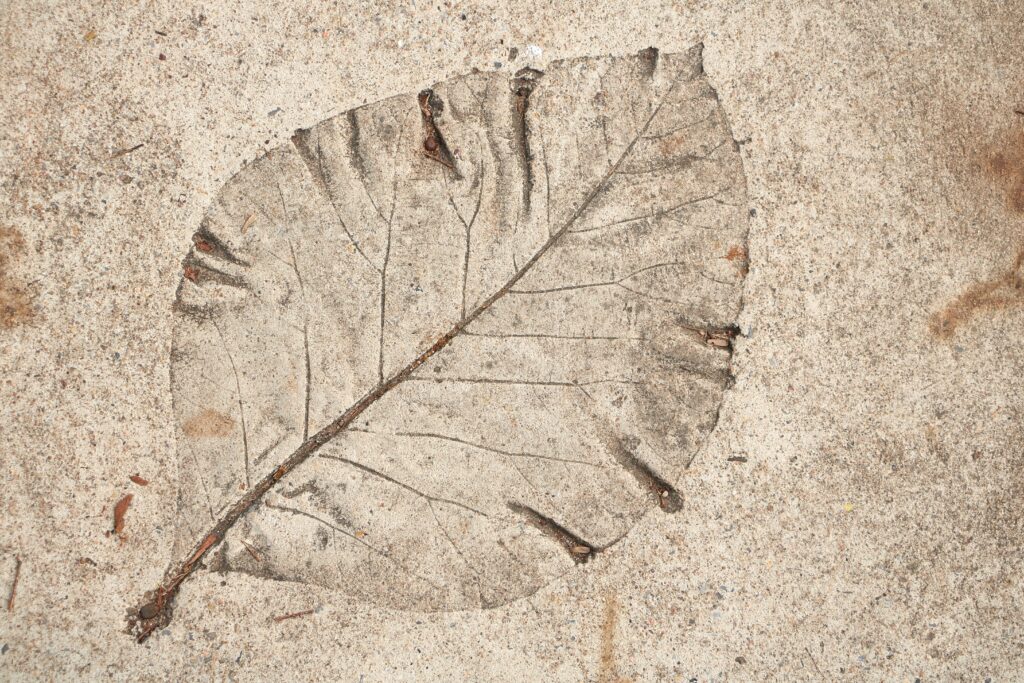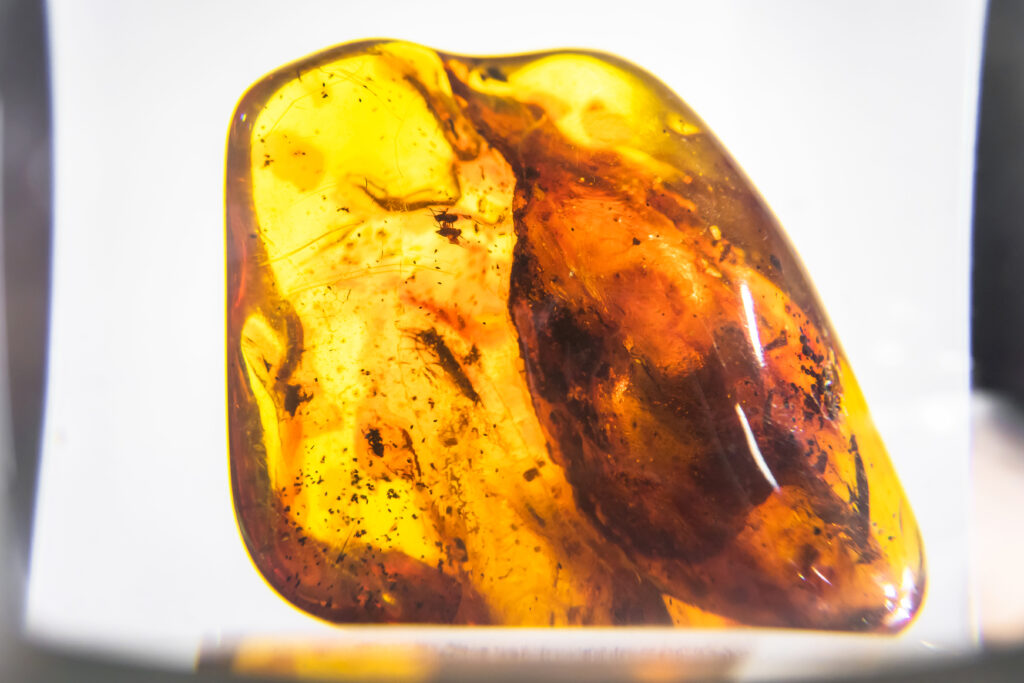Is there anything better than finding a fossil and watching the story unfold? Asking what kind of creature it was, where it lived, and how life may have been around that time. In this article I am going to talk about 10 facts that will fascinate you about fossils!
What are fossils?
Most people know that fossils are the remains of plants or animals that lived long ago, but there’s a lot more to these ancient relics than meets the eye. For example, did you know that…

-Fossils can be found on every continent on Earth?
-There are an estimated 3.7 billion fossils in the world, with new ones being discovered all the time?
-Fossils come in many different forms, including bones, teeth, shells, leaves, and even entire animals preserved in amber?
-Some of the oldest fossils date back over 3.5 billion years ago?
-Fossils can provide scientists with a wealth of information about extinct plants and animals, as well as insights into the Earth’s history and climate?
Whether you’re a fossil enthusiast or simply curious about these fascinating objects, read on for some incredible fossil facts that will blow your mind!
What type of fossils exist?
There are four main types of fossils: molds and casts, petrified remains, carbon films, and trace fossils.
Molds and casts form when the organic remains of an organism dissolve in water, leaving behind a hollow space in the rock. A mold is a negative impression of the original shape of the organism, while a cast is a positive replica of that shape.
Petrified remains are created when organic matter is replaced by minerals, resulting in a fossil that retains its original shape but is now made of stone. This process can take place either underground or underwater.
Carbon films are formed when an organism’s body is flattened by pressure and then converted to carbon. This type of fossil is usually found in sedimentary rock formations.
Trace fossils are indirect evidence of an organism’s existence and include things like footprints, furrows, or gastroliths (stomach stones).
How do we process a fossil discovery?
When a fossil is discovered, the first thing that needs to be done is to determine its precise location. This is important because it allows scientists to excavate the specimen without damaging it. Once the specimen has been properly located, an excavation team will carefully remove the fossil from the surrounding rock.
After the fossil has been extracted, it will need to be cleaned and prepared for further study. This process can be quite delicate, as fossils are often very fragile. Once the fossil has been cleaned and prepped, it can be studied in detail to learn more about the organism that it came from.
Where can I see some fossils in a museum? (Provide links to museums)

There are many museums around the world that have fossils on display. Here are a few examples:
The American Museum of Natural History in New York City has a large collection of fossils, including some of the oldest and most well-preserved specimens in the world.
The Natural History Museum in London has an extensive fossil collection, with exhibits on dinosaurs, whales, and human evolution.
The Field Museum in Chicago has a wide variety of fossils on display, from animals to plants to insects.
These are just a few examples – there are many other museums that have fossil collections worth exploring!
How long have there been fossils on Earth?
While the exact age of the Earth’s first fossils is unknown, they are thought to be at least 3.8 billion years old. This is based on the age of the oldest known fossilized bacteria, which were found in Western Australia in 2013. The fossils themselves are not actually that old, but they are preserved in rocks that are much older.
What is the first fossil discovery of all time?
The first fossil discovery of all time was made by a man named William Smith. He was an English surveyor and he discovered a fossilized seashell while he was working on a canal project in the early 1800s. This fossil became known as the first ‘isphneroceras’ and it helped to prove that the Earth was much older than people had thought.
Will all animals one day become extinct?
1. Will all animals one day become extinct?
No one can say for sure whether all animals will one day become extinct. However, many scientists believe that the Earth’s biodiversity is declining at an alarming rate and that we are currently in the midst of a mass extinction event. If this trend continues, it is possible that many species of animals will disappear from the planet in the future.








